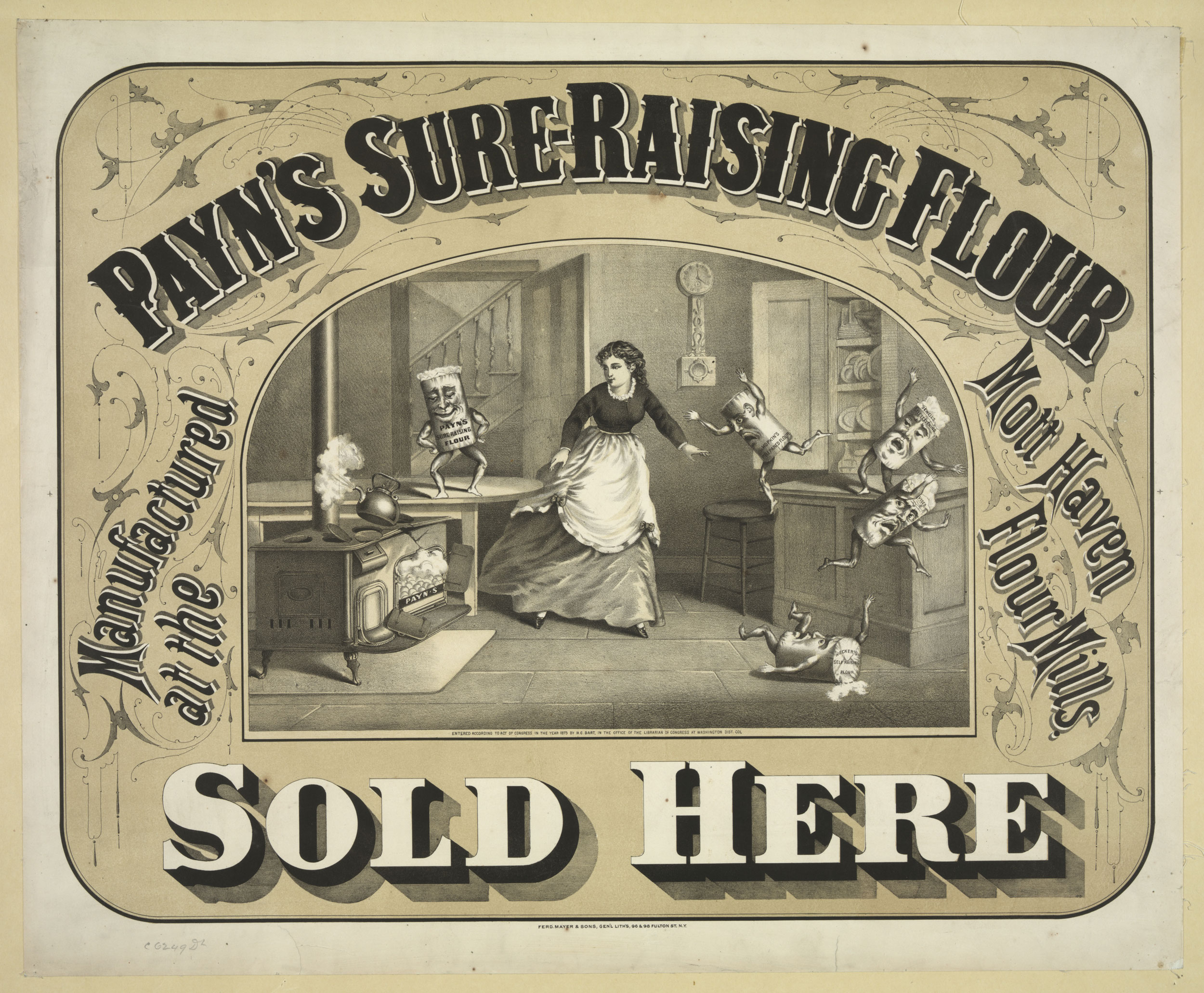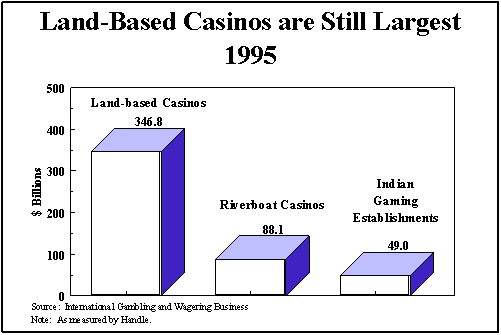Original Ad Campaign For Slot Machines During The Late 1800s
During most of the 1920s slot machines did not have an 'extra' jackpot on them. The maximum jackpot payout on machines during the '20s was 20 coins. During the very late 1920s slot machines started coming out with a 'new' physical jackpot on them that would dump extra coins when three of the same graphics were lined up. The term slot machine (short for nickel-in-the-slot machine) was originally also used for automatic vending machines but in the 20th century came to refer almost exclusively to gambling devices. The first coin-operated gambling devices in the United States date to the 1880s, although they were actually mere novelties—such as two toy horses that would race after a coin was inserted in the.
- Original Ad Campaign For Slot Machines During The Late 1800s War
- Original Ad Campaign For Slot Machines During The Late 1800s 1930s
- Original Ad Campaign For Slot Machines During The Late 1800s Late
Made by Caille during the height of Prohibition in Detroit, MI this model was a moderate success for the company. During Prohibition (1920 to 1933) in Detroit there was a LOT of illegal activity going on. Most notable the Purple Gang ran a lot of the vice in the city, including gambling. During this time all the slot machine manufactures were located in Chicago, except for Caille. While Chicago was probably the epicenter of gangsters, speakeasy’s, slot machines, etc, Detroit was a major hub for rum running to and from Canada, allowing the Purple Gang to grow and become the primary force in the city. It’s no doubt that organized crime utilized slot machines as a profit center. While I have no proof, I’ve got to believe that when the Naked Lady came out in late 1925, every back room, speakeasy and bar had to have one of these machines in Detroit.
What made this machine special for a short period of time is its unique design. During the early and mid 1920’s slot machines were relatively mundane and appearance. Year after year the big companies such as Mills would bring out their standard 3 models – a straight operator bell, a side vender operator bell and a front mint vending machine. For the time, these models made by Mills, Watling and later Jennings & Pace were what operators expected and were satisfied with. Caille on the other hand was fighting for market share and had to be innovative in design and function. Since the late 1800’s Caille was regarded as the premier manufacturer and produced some of the most elaborate coin operated devices ever conceived. Their product was superior but Mills Novelty of Chicago took over the vast majority of sales during the early part of the 20th Century and continued to do so into the 1950’s.
Caille’s status in the mid 1920’s as a slot machine manufacturer was fading. By 1925 they were probably third in sales volume. With research into serial numbers of Mills and Jennings machines of the same time, it’s evident Jennings was out pacing Caille by 4 to 1 and Mills was running at 12 to 1. However, the Superior for a short time did give them a boost!
The Naked Lady utilized a classic look of heavy flowing design throughout the cast aluminum castings. The use of the woman is very reminiscent of silver and gold coinage from the period. Caille also designed a very unique “slug-proof coin detector”. Known today as the escalator, this feature to the right of the 3 reels showed the last 4 coins played in the machine. Cheating slot machines with the use of slugs was a big problem at this time. Almost all competitors machines had a small window that showed the last coin played, but not the last 4! Caille advertising for the Naked Lady even quotes an operator as saying: “Had an old style Operator’s Bell in a location and every time I made a collection there were be as many slugs as quarters. I put in a Caille Superior Operator’s Bell and there wasn’t a slug in my last two collections. The best part of it is that play increased.”
The Naked Lady was a mechanically advanced machine and looked cool as well. While I’m sure the crime world had their fair share of these machines, a majority were sold to legitimate operators around the country. In order to get around sometimes vague gambling laws in certain areas, slot machines experimented with various gimmicks that would hypothetically allow them to operate legally. One of those attempts was called a “skill stop”. The idea of the skill stop was give the player a physical button(s) on the machine so they could stop the reels manually – hence using some degree of skill to line the reels up.
The particular machine shown at the top of this column has this rather rare option on it. When a dime, in this case, is inserted into the machine and the handle is pulled, the player can then push the button in and stop all three reels immediately. Wrapped around the button is the phrase “Are You Skilful? Push Button Catch A Winner”. In theory the player could use his or her cat like skills to stop the reels just how they want. In reality this feature didn’t help the player one bit. The reels simply spin to fast and the reel window opening was too narrow to gage when the right images would come up. Mills, Jennings and Watling also used skill stops, but theirs had three buttons for each reel.
The skill stop gimmick lasted on slot machines from the 1920’s into the 1930’s. During that time numerous other ideas were tried, some with success. For Caille the skill stop feature was apparently not a big seller, therefore today making examples like this one quite hard to find and adding a premium to the value.
It was not until 1931 that Mills caught up in design and function with their “Silent” line of machines – notable the War Eagle. Caille tried to complete with the own “silent” machine called the Silent Sphinx, which was the same as the Naked Lady except it had a jackpot and was a different theme on the casting. As evident by the Silent Sphinx’s rarity today, it’s obvious it was not a sales success for Caille. As the 1930’s rolled in Caille tried a total redesign of their machines – even hiring a commercial designer to make something new and visually modern in appearance. What resulted was a line of machines similar looking to the outboard boat motors Caille also produced during the 1930’s, except in this case the slots were better suited as boat anchors. Caille was sold and stopped slot machine production in the late 1930’s. A large majority of slot machines they made are eternal classics today – including what I believe was probably the gangster’s favorite – the Naked Lady….
The fruit machine happens to be a term used in Britain to refer to slot machines. By fruit machine, land-based machines are being referred to, although video slots are descended from them.
Usually found in amusement arcades, pubs and casinos across Britain, a fruit machine is also known as “fruities”, have been popular for a long while and will likely remain so for the foreseeable future. In the US where they originated, a fruit machine is the Slot Machines. Australians, however, refer to them as “Pokies.”
Fruit Machine: A Detailed Explanation

A Fruit machine is easily found in amusement arcades, pubs and casinos across the length and breadth of Britain. These slot machines were invented in the US at some period during the late 19th century. There, the name slot machine took root and they are still being called by that even now.
Original Ad Campaign For Slot Machines During The Late 1800s War
The reference to slot machines as fruit machines comes from the fact that fruits were the original icons to show up on the reels of such machines. Fruits were actually used for a good reason. This was because such early slot machines paid out wins in chewing gum and fruit chews.
The varied fruits on the show, therefore, determined the taste of such candy. Thus, landing a watermelon combo resulted in players being awarded watermelon-flavoured chewing gum or fruit chews.
Using sweets and candies as prizes was an attempt to circumvent the strict gambling laws then in effect due to the puritanical atmosphere of the period. When gambling gained widespread acceptance, the prizes were then changed to cold cash. Still, the fruit icons remained in place as they were then so popular, even when slot machines made their way to the UK.
The usual fruits seen on slot machines include cherries, apples, lemons, plums and watermelons. However, over the years nearly every sort of fruit has made an appearance on one slot machine or the other.
In classic fruit machines, fruits are for middle wins, bars are for the least wins, while icons like bells and lucky sevens denote the biggest wins. Usually, players need to land multiple fruit icons on a payline in order to record a win, and some fruits are also more valuable than others.
The earliest fruit machine employed a lever or handle that was used to move the reels. This earned it the name of the one-armed bandit.
Original Ad Campaign For Slot Machines During The Late 1800s 1930s

Starting from the heady period of the 1960’s, such mechanical slots were replaced by others which were electronically powered. As a result of this, buttons were used instead of levers and handles.
In this 21st century, there are still quite a few fruit machines in pubs, arcades and casinos across the UK. When these machines are played online in an online casino, they are termed “Slots” or online slots.